The Byzantines were Romans and the Byzantine Empire was the Roman Empire in the East. Let’s see what historical evidence we can bring to bear to prove these assertions. I present 20 examples from medieval primary sources in this mega thread. 🧵 
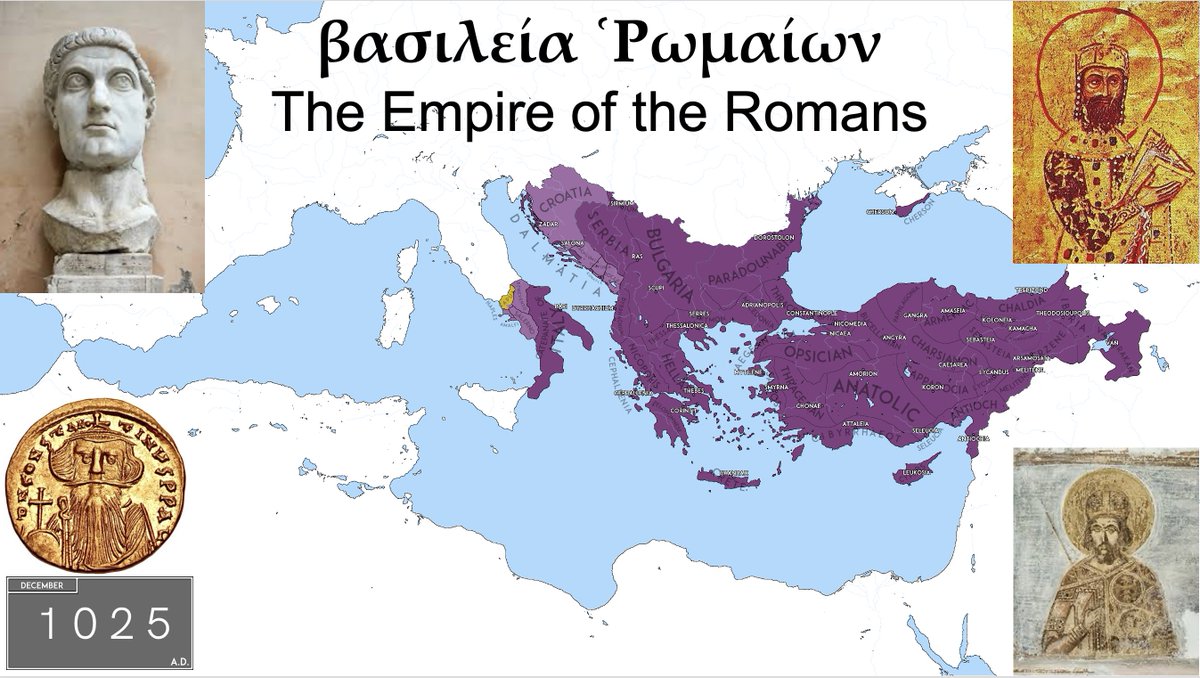
The first group of sources demonstrates that emperors and elite historians of the empire itself referred to its peoples as Romans. This is pretty well known, but we’re going back to basics here, so let’s prove it through a variety of examples. 

1. “Rome became subject to the Romans (῾Ρωμαίοις) again after a space of sixty years, on the ninth day of the last month, which is called ‘December’ by the Romans, in the eleventh year of the reign of the emperor Justinian.” -Procopius, Wars 5.14.14 

2. In the seventh century, a contemporary historian claimed that raiders carried away “a great haul of captive Romans” from towns in the Balkans. -Theophylact Simocatta, History 7.2.1 
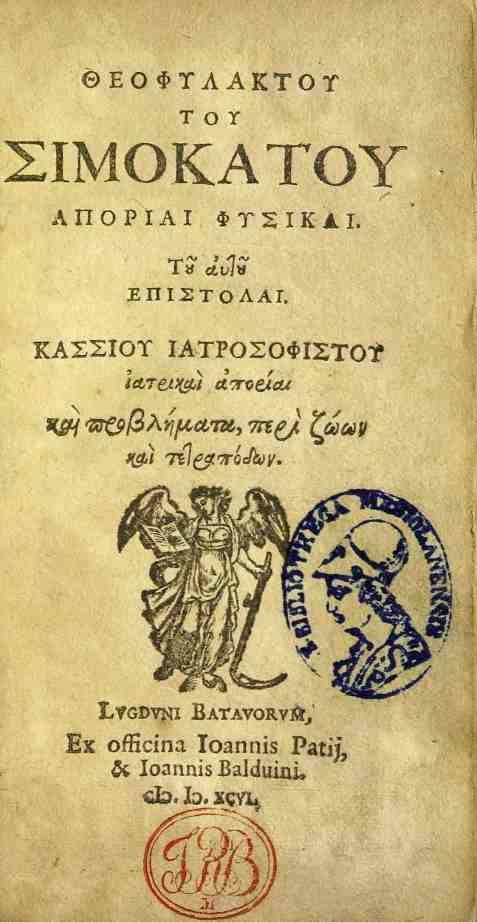
3. In a tenth-century book on imperial ceremony, compiled under Emperor Constantine VII (r. 913-959), emperors were to be acclaimed as “the beloved of the Romans” and “the joy of the Romans.” -Constantine VII, Book of Ceremonies 1.69 

4. In the eleventh century, a historian explained that a parade including an elephant delighted both “the Byzantioi [Constantinopolitans] and the other Romans who happened to see it.” -Attaleiates, History 48 
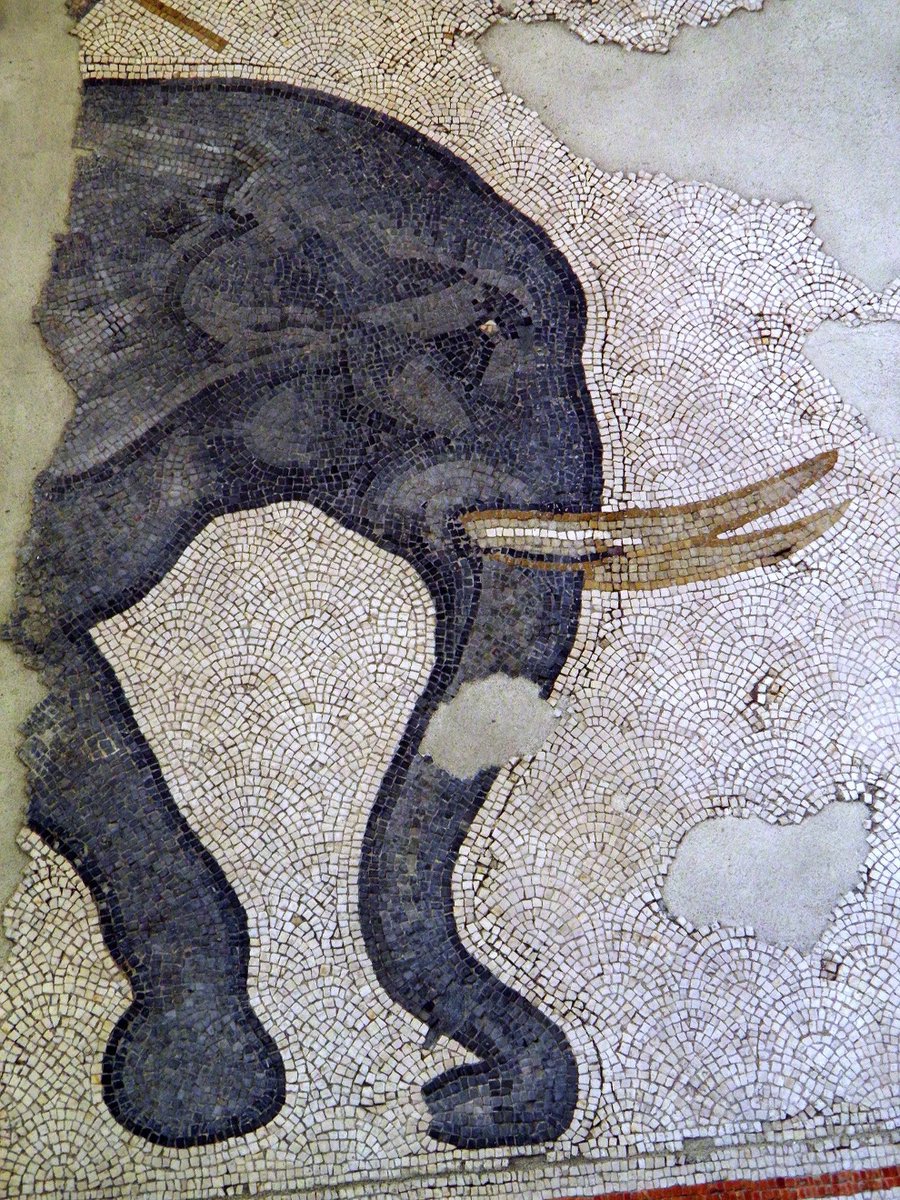
5. The princess and historian Anna Komnene, writing of the death of her husband Nikephoros Bryennios in 1137, said “Floods of tears fill my eyes when I think of Rome’s great loss.” Anna, Alexiad Prologue 3 
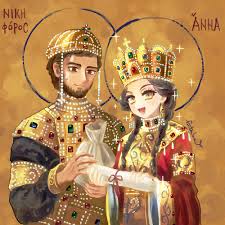
6. If that’s not enough, the first line of Book 1 of the Alexiad is “The emperor Alexios, my father, even before he seized the throne [in 1081] had been of great service to the Empire of the Romans (βασιλείᾳ ῾Ρωμαίων).” 
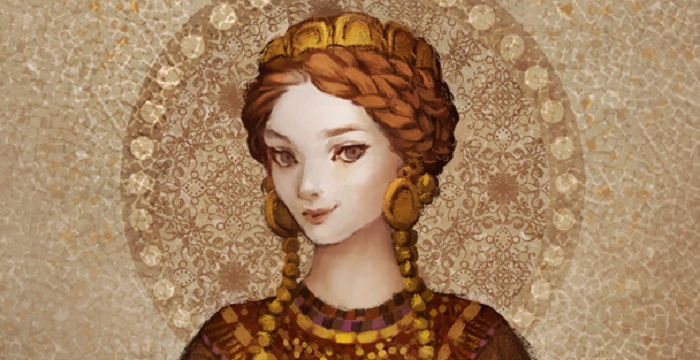
7. The emperor Manuel I Komnenos (r. 1143-1180) “wanted to rule over free Romans, not slaves” according to John Kinnamos, History 6.8 
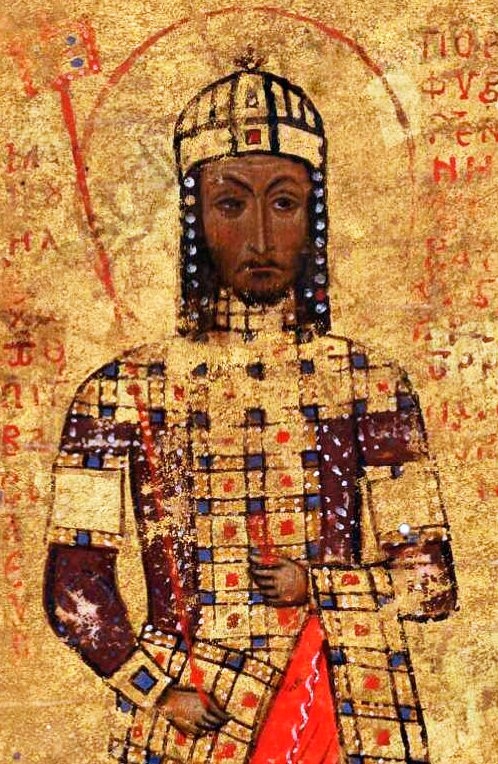
8. The emperor John III Doukas Vatatzes (r. 1221-1254) ordered his subjects to buy “clothes produced only from the Roman land and by the hands of Romans.” -Gregoras, Roman History 2.6.4 

9. A leading citizen of Melnik in 1246 argued “the emperor of the Romans has rights over us, seeing as our territory belongs to the empire of the Romans… we all originate in Philippopolis and we are pure Romans when it comes to our genos.” -George Akropolites, History 44 
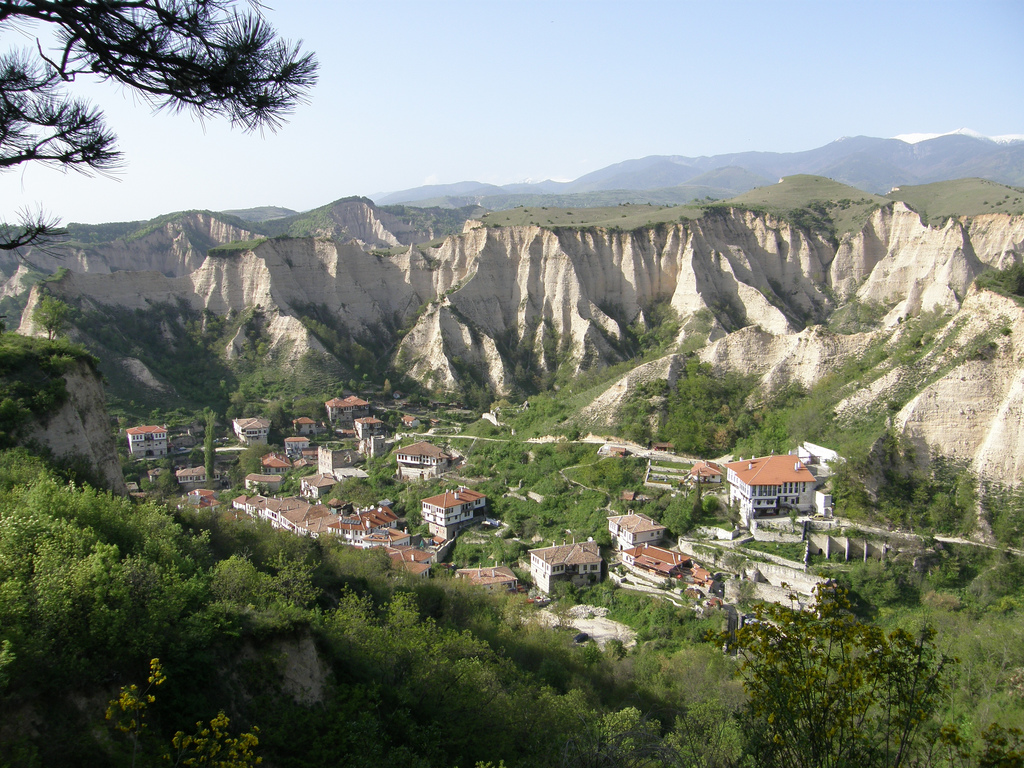
Perhaps less well known is that the medieval Romans colloquially referred to their land as Romanía (Romanland), distinguished in English transliteration from the name of the modern country with the accented í. 
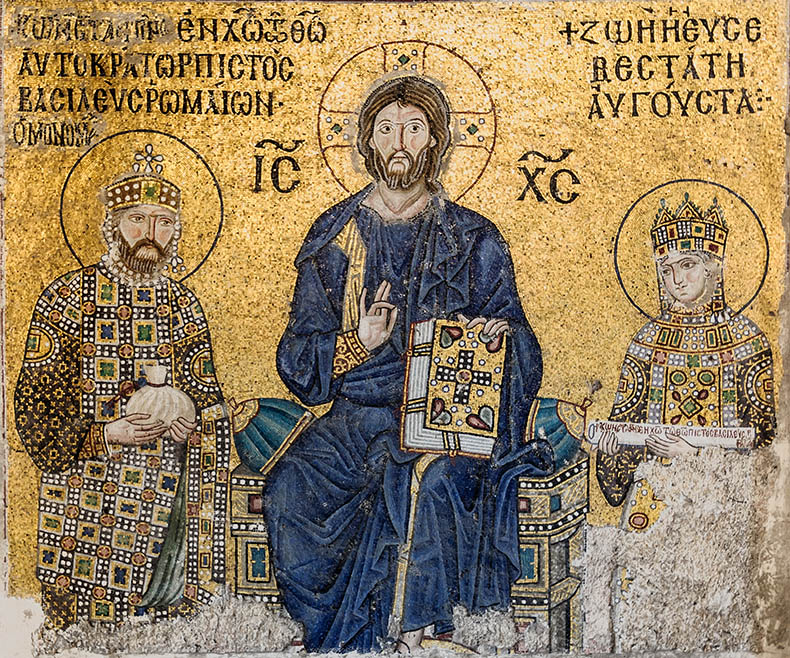
10. “In this year [706 AD], Maslama raided Romanía (῾Ρωμανίαν); after plundering Galatia, he withdrew with prisoners and booty.” -Theophanes, Chronicle A.M. 6206 
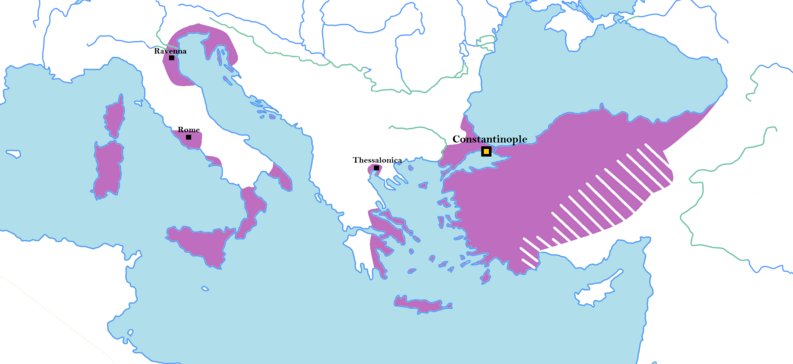
11. Emperor Alexios I Komnenos in a chrysobull to the monasteries of Mt. Athos (ca. 1102) refers to “the most pressing needs of Romanía.” -Actes De Lavra 1,286, 55 
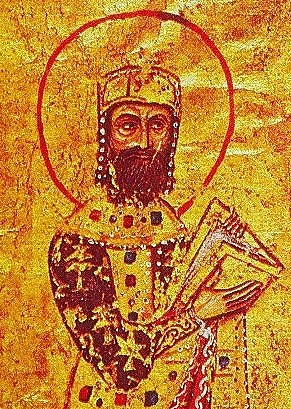
12. Emperor Manuel I Komnenos required high officials to swear this oath: “I will make every effort in all contexts and in all ways to promote the honor of your beloved son and of Romanía.” -Papadopoulos-Kerameus, Analekta 4, 112 
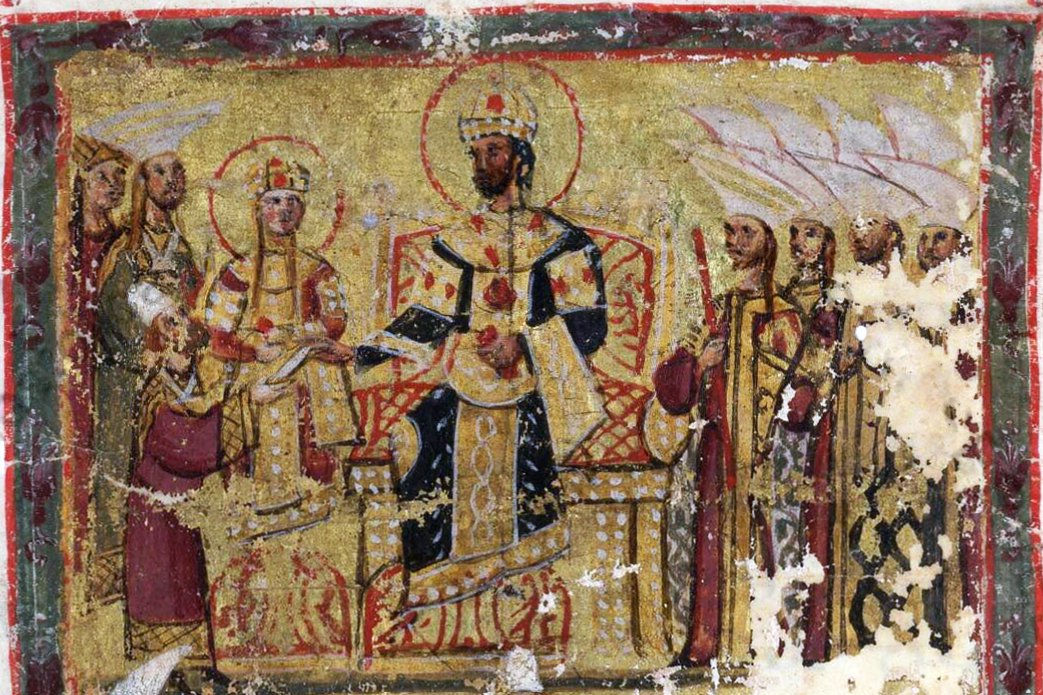
But wait! You notice that the vast bulk of these primary sources are either the emperors themselves or elite historians closely attuned to the language of the imperial court. It is sometimes said that Roman identity was limited to elites in the Byzantine world. Not so. 
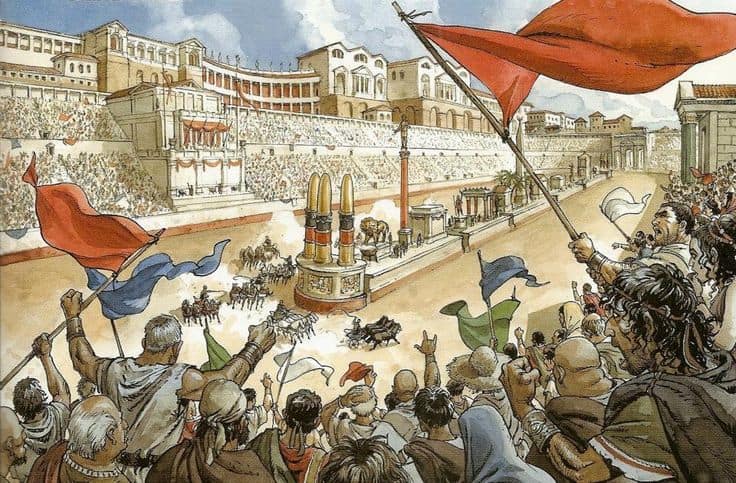
13. In 512 AD, the people of Constantinople rose up against Emperor Anastasius I (r. 491-518) with this chant: “A different emperor for Romanía!” -John Malalas, Chronicle 16.19 

14. An inscription from Sirmium, dating to 600, reads (in Greek): “Christ, Lord, help the city and stop the Avars, and protect Romanía along with the person writing these words, Amen.” -J. Brunshmid in Eranos Vindobonensis (1893), 331-333 
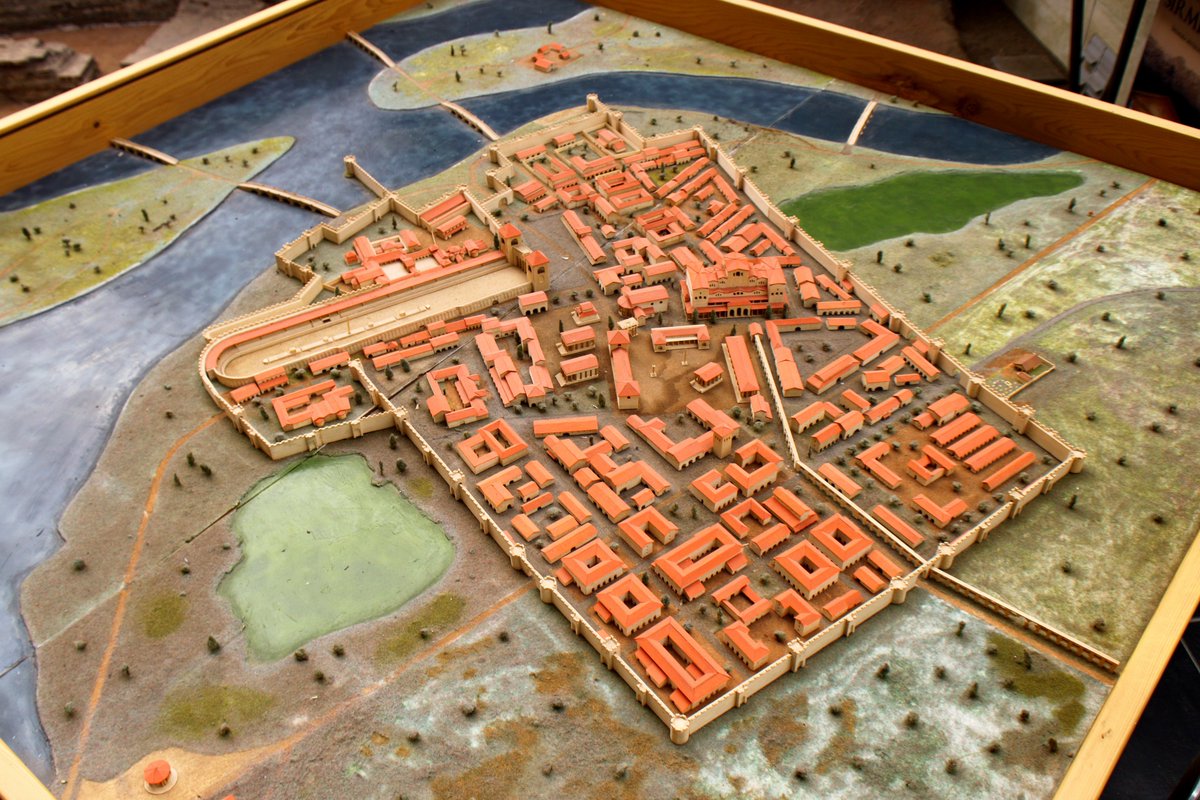
15. The anonymously authored Miracles of Saint Demetrios of Thessaloniki, written in the seventh century, describes Roman captives of the Avars: “Each child received from its father the ancestral traditions of the Romans.” -Miracles of Saint Demetrios, 2.284-287 
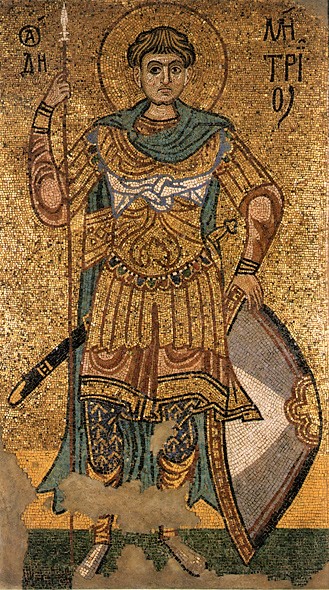
Now perhaps a careful reader wonders if the Byzantines being Roman was some delusion only they held, and others around them saw them as something different. Not so! Most of the foreign peoples that interacted with them recognized their Roman identity. 

16. It is generally well known that Arab ethnographers and geographers spoke of the “Byzantines” as al-Rum and their territory as the lands of Rum. For specific citations, see El Cheikh, Byzantium Viewed by the Arabs (2004). 

17. Al-Jahiz, a ninth century Arab essayist, described the Rum as “good at handicrafts of turnery, carpentry, painting and silk-weaving” – so clearly he did not include only elites or the government in this category. Translation in Connelly, Contesting the Greek Past (2016), 116 

18. The thirteenth century Bulgarian Tsar Kaloyan called himself “the Roman-slayer” after winning victories over the Romans. -George Akropolites, History 13 
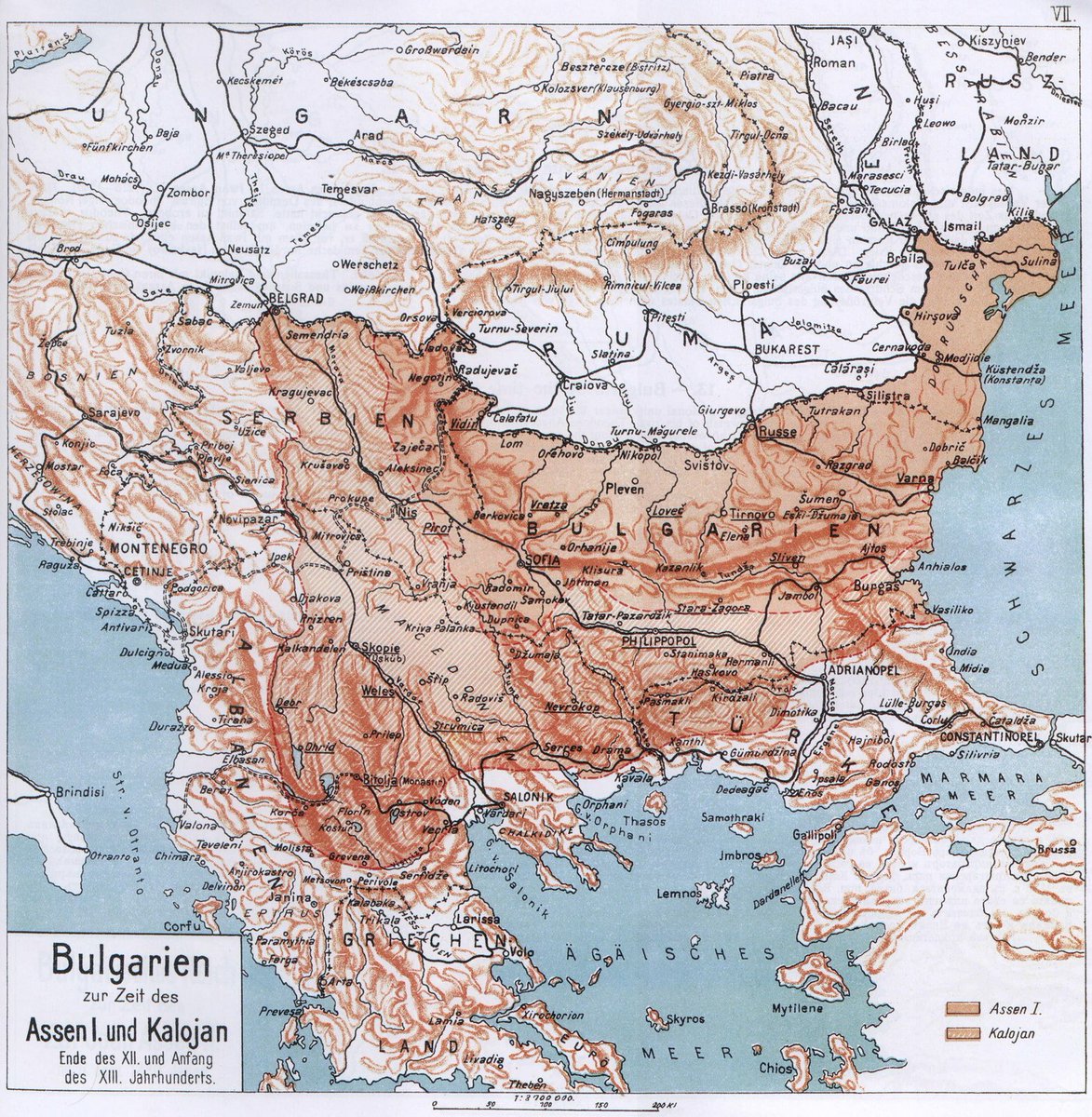
19. In a letter of 1250, Emperor Frederick II referred to the subjects of Emperor John III Doukas Vatatzes as “the most orthodox Romans, from whom the Christian faith had spread originally to the four corners of the earth!” -Quattro lettere greche di Federico II, 322 
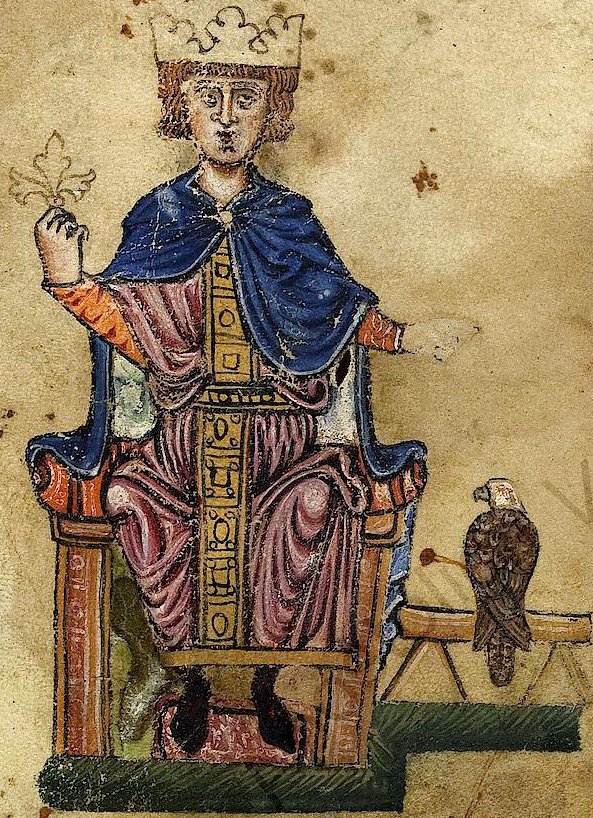
20. The fourteenth-century Florentine poet Fazio degli Uberti records an exchange between the narrator and a local in northern Greece. The narrator asks, “Do you speak Frangika?” and the local responds “I am a Roman.” -Uberti, Dittamondo 3.23 
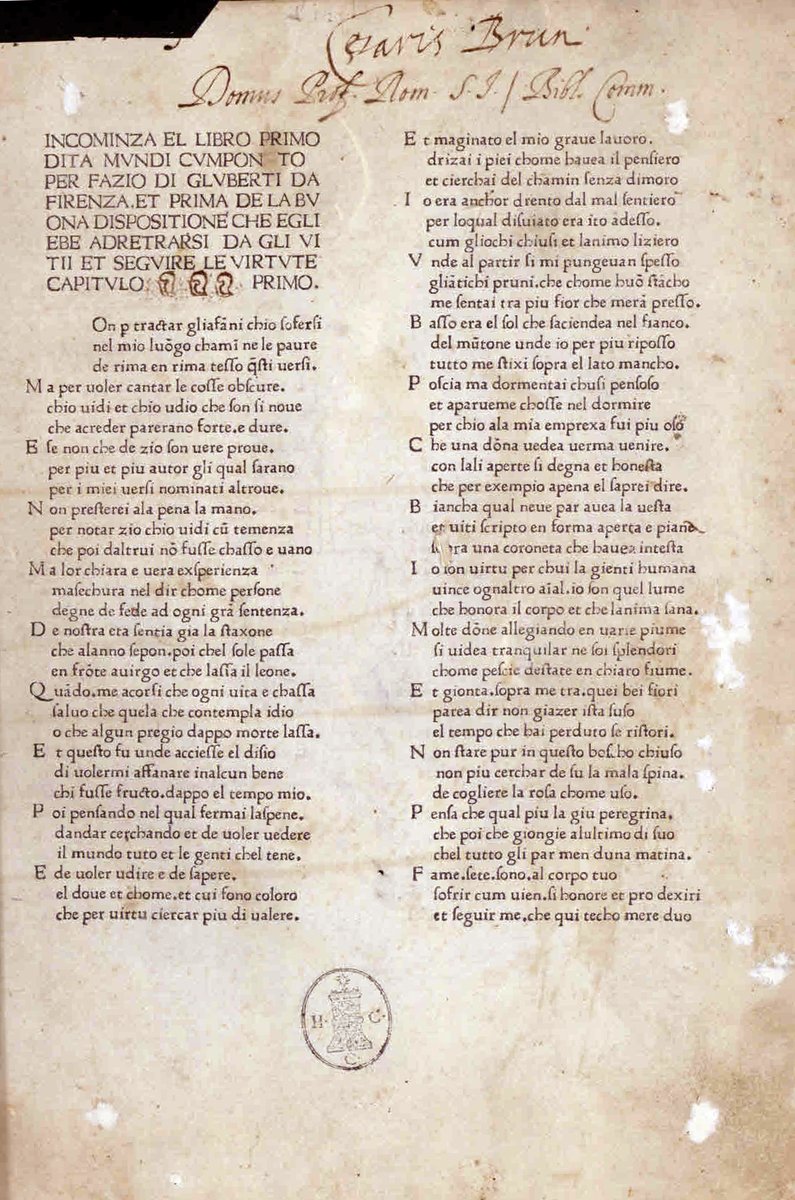
These 20 examples, drawn from both east Roman and non-Roman sources, unite in describing the “Byzantines” as Romans. More could be offered, but it seems like 20 should suffice for X, and if you made it this far in the thread, thanks for reading. 
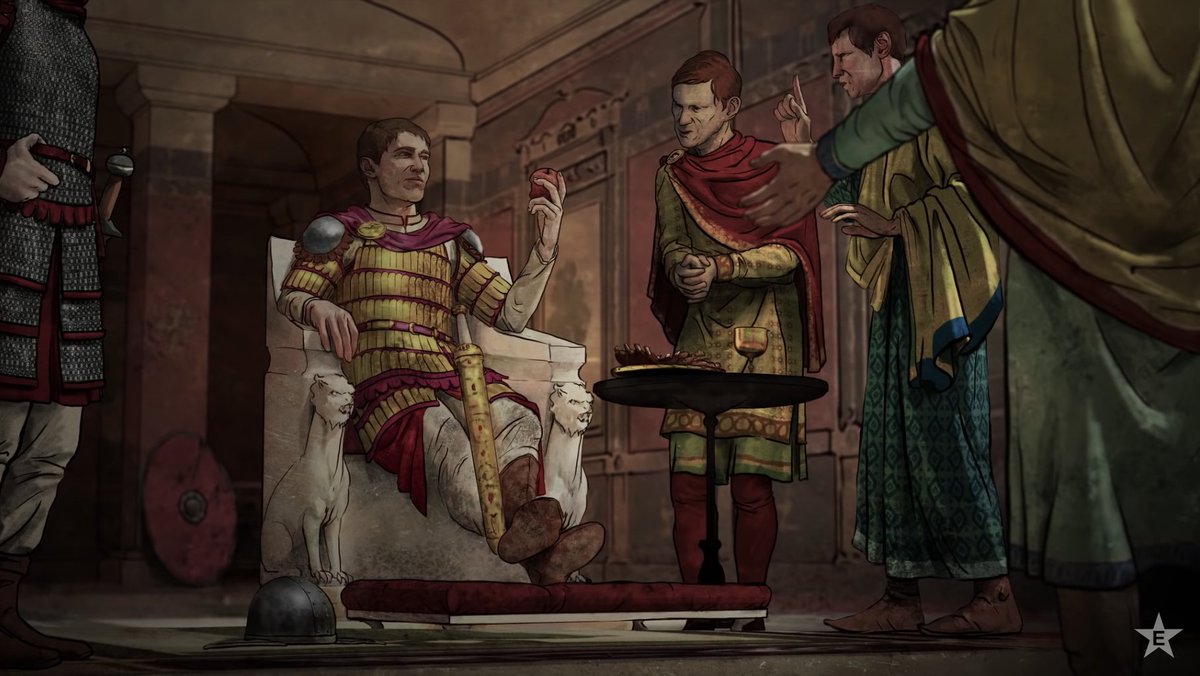
Credits: The bulk of the 20 examples in this thread are sourced from Anthony Kaldellis, Romanland: Ethnicity and Empire in Byzantium (2019), which is a very important book that I recommend interested parties read. Only 4 of them are original to me. Fin. 

• • •
Missing some Tweet in this thread? You can try to
force a refresh



















